Immersive Worlds: How Environments Shape Action Game Play
4 March 2025
When was the last time you found yourself completely lost in a video game? Not lost as in “Where’s the waypoint?” but lost in the world itself, soaking in every detail like you were actually there. That's the magic of immersive environments in action games. From sprawling cityscapes to eerie forests, environments aren’t just backdrops – they’re key players in how we experience gameplay. They influence our emotions, decisions, and the very way we interact with the game. Let’s dive into how these worlds shape action game play with finesse.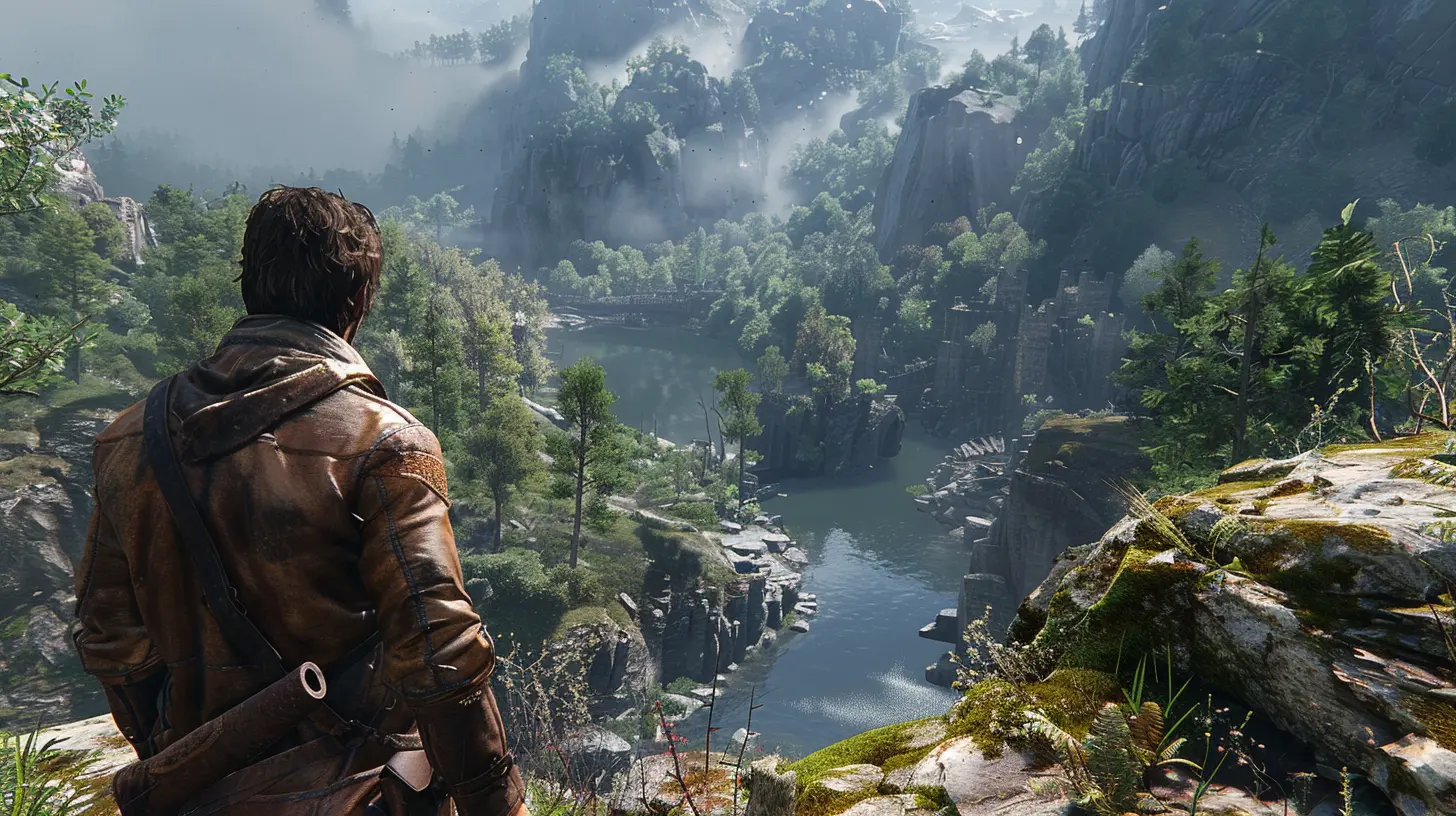
What Makes a World "Immersive"?
Every gamer has felt it: that moment when an environment feels alive. But what exactly makes a game world immersive? It’s not just about pretty graphics or HDR lighting (although, hey, those help). Immersion is about believability. It’s how a game world feels coherent, consistent, and dynamic.Think about it – an immersive world doesn’t just exist for the sake of aesthetics; it has purpose. The bustling city streets in Cyberpunk 2077 don’t just look cool – they also mirror the chaos and vibrancy of a dystopian future. The barren wastelands in Fallout 4 aren’t just empty spaces; they echo humanity’s struggle for survival after nuclear fallout. These environments make sense in the context of their stories, and that’s what pulls us in.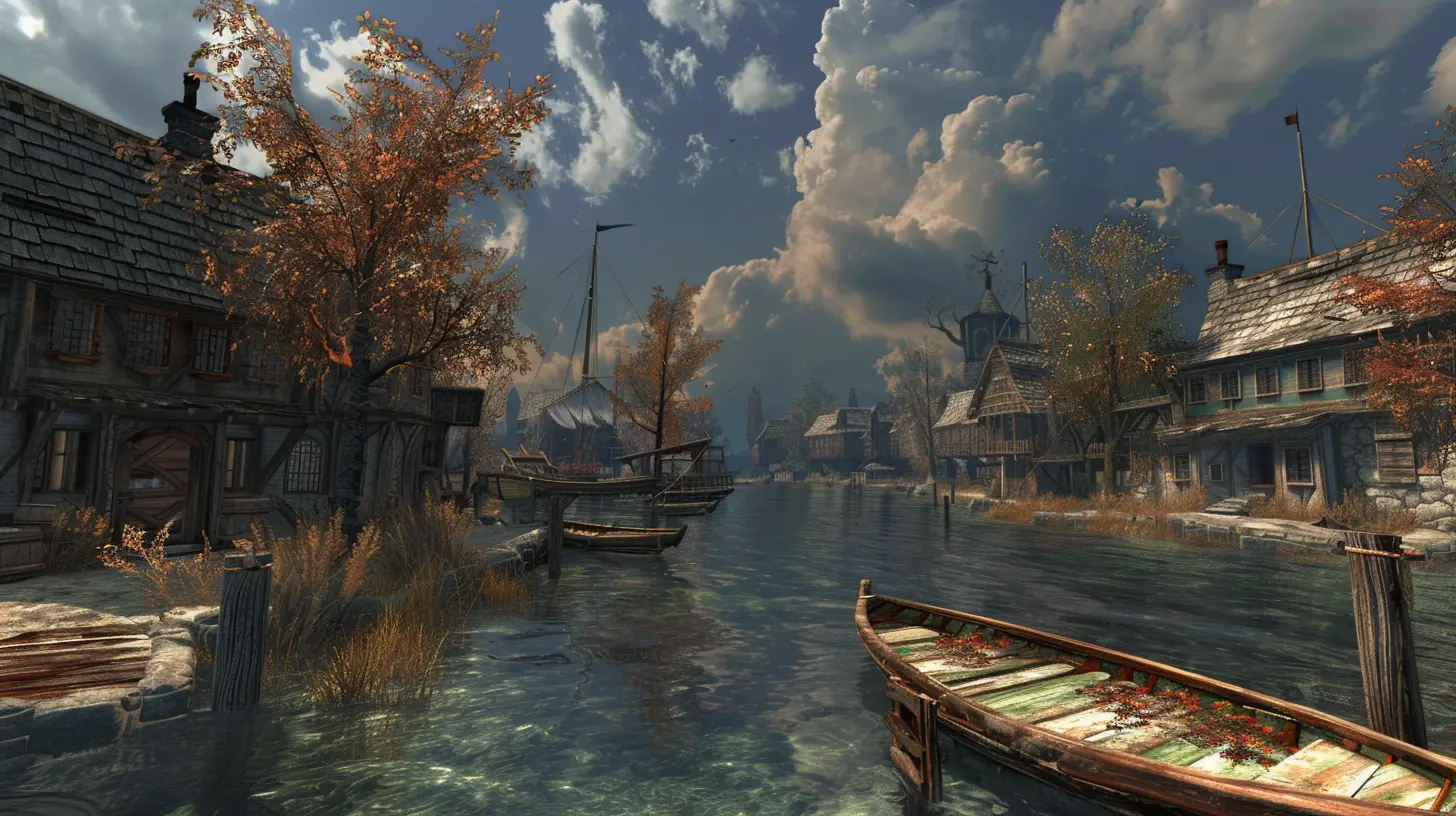
The Role of Environments in Action Gameplay
Action games are fast-paced, adrenaline-pumping roller coasters. They get your blood racing, your heart pounding, and your thumbs twitching. But all that excitement wouldn’t land the same punch without the right environments. Here’s how settings elevate action gameplay:1. Guiding the Player’s Path
Ever notice how you rarely feel “lost” in a well-designed action game? It’s because the environment is always subtly nudging you in the right direction. Developers use environmental cues – like a flickering light in the distance or a crumbling pathway – to keep you on track without breaking immersion. Games like Uncharted and Tomb Raider excel at this, offering lush, vibrant worlds that are intelligently designed to guide players seamlessly.For example, say you’re scaling a cliff in Uncharted 4. The yellow-painted edges on ledges aren’t just random design choices – they’re visual indicators telling you, “Hey, climb here!” Without these little breadcrumbs, you’d be aimlessly wandering or getting frustrated. Clever design makes these cues feel organic, so you’re still immersed.
2. Setting the Tone for Action
Imagine fighting a horde of enemies, but instead of an apocalyptic battlefield, you’re duking it out in a sunny meadow full of bunnies and butterflies. It wouldn’t feel right, would it? Environments in action games set the mood for the gameplay – whether it’s tension, urgency, or outright chaos.Think about DOOM Eternal. The fiery hellscapes, the grotesque architecture, and the blood-red skies all scream one thing: rage-fueled carnage. The visuals and atmosphere pump you up before you even fire your first shot. Meanwhile, in The Last of Us Part II, dense forests and decrepit urban ruins instill a sense of vulnerability and dread, perfectly mirroring Ellie’s emotional journey.
3. Encouraging Exploration
Let’s be honest – half of the fun in action games is going off the beaten path. Immersive worlds invite players to explore every nook and cranny. Hidden collectibles, secret passages, and Easter eggs reward curiosity, making environments feel like playgrounds.Take Ghost of Tsushima, for instance. You’re riding your horse through rolling fields, following a fox, or chasing the direction of the wind. The world isn’t just beautiful; it’s interactive. You don’t feel forced to explore – you want to. And that sense of discovery enhances the action. Maybe you stumble upon a Mongol camp that sparks a heated battle, or a shrine that upgrades your abilities. Either way, the environment actively contributes to your gameplay experience.
4. Shaping Combat Strategies
The environment you’re in often dictates how you fight. In games like Assassin’s Creed Valhalla, sprawling towns and cliffsides offer ample opportunities for stealth and parkour attacks. Meanwhile, open fields or tight corridors might push you toward head-on combat or guerrilla tactics.Take Dark Souls as another case in point. The claustrophobic corridors of a dungeon force you to tread carefully, dodging attacks with precision. But in a wide-open arena, you’ve got more room to breathe – and more space to panic when a massive boss suddenly lunges at you. The environment isn’t just a backdrop; it’s an integral part of the challenge.
5. Telling a Story Through Design
Ever walked through a game environment and thought, “Wow, there’s history here”? That’s environmental storytelling – the art of telling a story through the world itself. In action games, this subtle narrative adds depth to the experience.Take Bioshock, for example. Rapture isn’t just a creepy underwater city; it’s a character in its own right. The art deco architecture, propaganda posters, and the eerie hum of leaking pipes all tell the story of a utopia gone horribly wrong. You don’t need a single line of dialogue to understand the weight of its fall.
Similarly, in Horizon Zero Dawn, abandoned facilities overrun by nature whisper tales of a world long destroyed. The environment feeds into the game’s larger narrative, making exploration feel meaningful rather than superficial.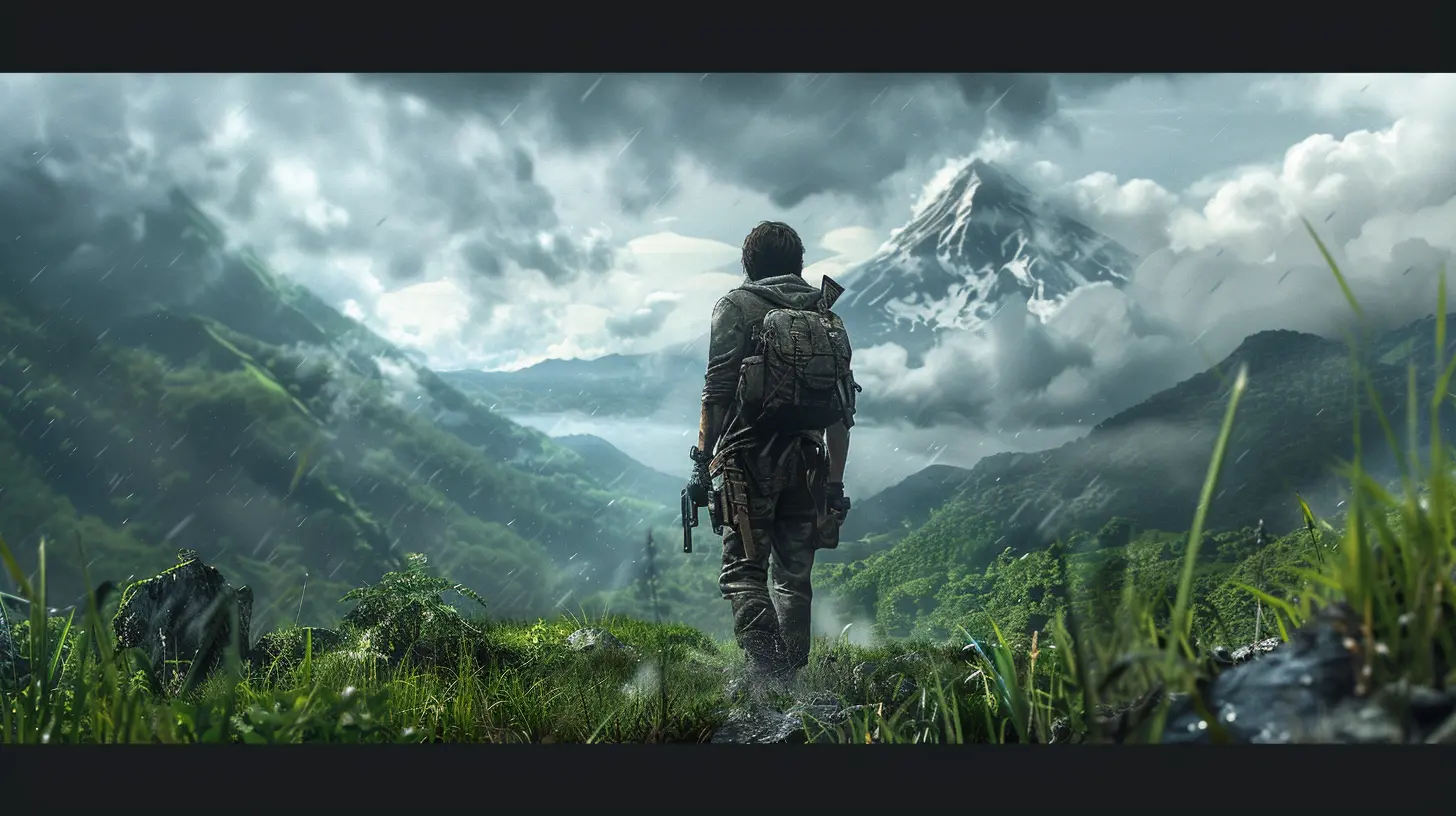
The Power of Dynamic Worlds
One of the coolest trends in modern action games is the rise of dynamic environments. These are game worlds that change based on your actions, decisions, or even time of day.Think about Red Dead Redemption 2. Its living, breathing world reacts to the player in real-time. Weather changes, NPCs go about their daily routines, and the wildlife interacts with you – or runs for its life if you’re being a jerk. This adds a layer of unpredictability to the gameplay, making you feel more connected to the world.
On the other hand, games like The Legend of Zelda: Breath of the Wild use dynamic elements like weather to directly affect gameplay. Rain makes surfaces too slippery to climb, and a lightning storm forces you to swap out metal gear unless you feel like getting fried. These mechanics tie the environment to the gameplay in a way that keeps you on your toes.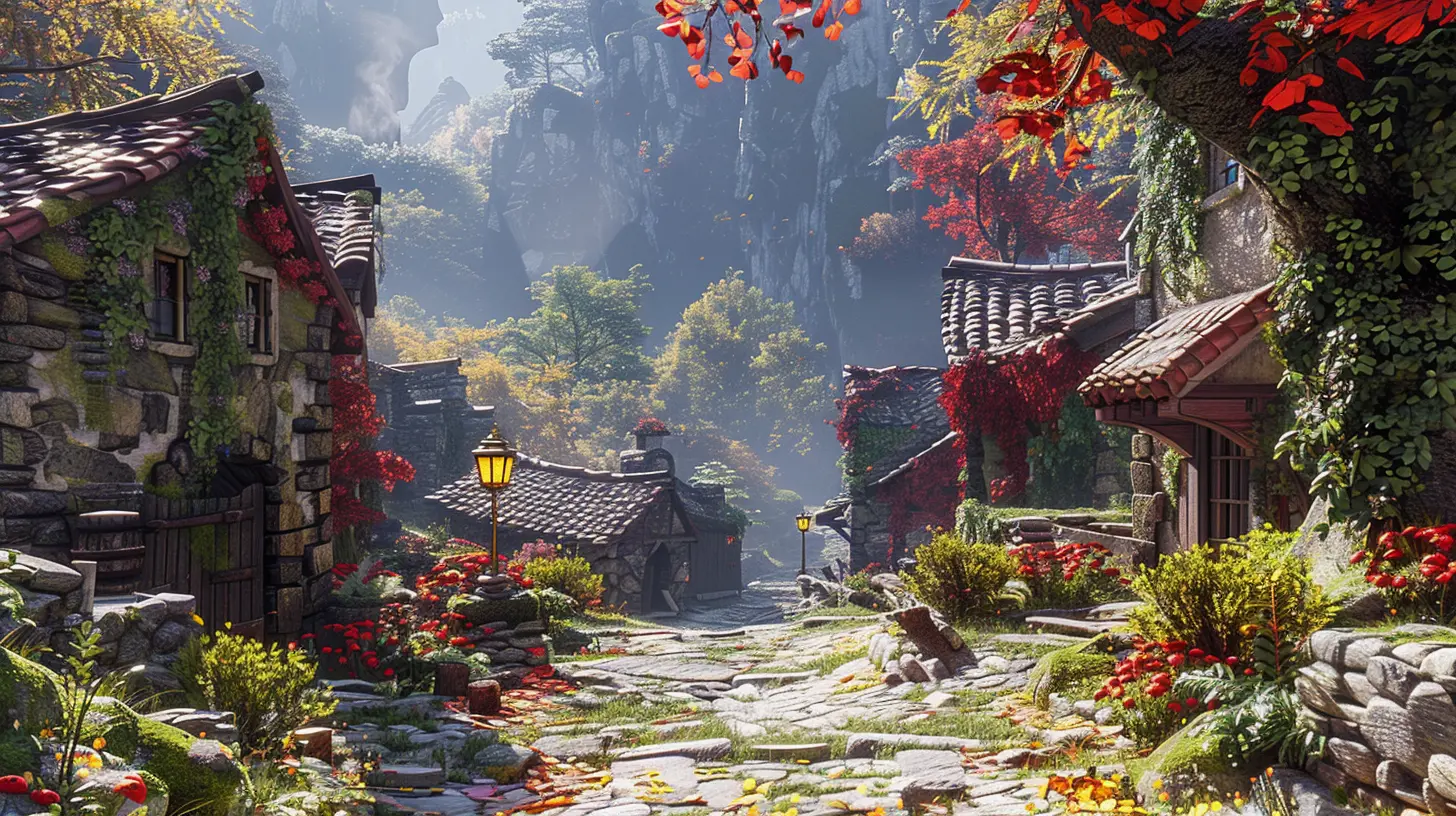
When Immersion Falls Flat
Of course, not all game worlds hit the mark. Sometimes, environments feel like empty shells – pretty to look at but devoid of meaning. This disconnect can kill immersion faster than a game-breaking bug.One common pitfall? Overworlds that are too big and barren. Sure, a massive map looks impressive on paper, but what’s the point if there’s nothing to do? (Looking at you, some Ubisoft titles.) Players value quality over quantity. A smaller, richer world packed with detail will always outshine a sprawling, empty one.
Another issue is inconsistency. If a game’s tone or logic doesn’t match the environment, it feels jarring. Imagine a gritty post-apocalyptic game where NPCs are happily skipping around like it’s a theme park. Yeah, no thanks.
Closing the Gap Between Players and Worlds
At the end of the day, immersive environments are about connection. They draw players into the story, help them feel the stakes, and make them forget they’re pressing buttons on a controller or keyboard. When done right, they blur the line between player and world, creating a truly unforgettable experience.Next time you dive into your favorite action game, take a moment to appreciate the world around you. Notice how the environment influences your mood, your choices, and your gameplay style. Trust me, those details aren’t random – they’re part of the magic that makes gaming so special.
all images in this post were generated using AI tools
Category:
Action GamesAuthor:

Tina Fisher
Discussion
rate this article
8 comments
Petra Barlow
Immersive worlds aren't just backdrops; they're active participants in gameplay. A well-crafted environment can heighten tension, guide exploration, and transform ordinary actions into epic moments, proving that every pixel can tell a story.
April 5, 2025 at 4:16 AM

Tina Fisher
Absolutely! Immersive environments enrich gameplay, turning every detail into a storytelling element that enhances tension and exploration, ultimately elevating the player experience.
Elle Gill
Immersive environments are crucial in action games, as they not only enhance player engagement but also influence gameplay mechanics, shaping strategies and fostering a deeper connection to the game's narrative.
March 23, 2025 at 3:51 AM

Tina Fisher
Thank you for your insightful comment! I completely agree—immersive environments play a vital role in enriching player experience and gameplay dynamics in action games.
Ivy McClure
Step into shadows; every pixel whispers secrets waiting to be uncovered in gameplay.
March 16, 2025 at 3:48 PM

Tina Fisher
Thank you! The interplay of light and shadow indeed enhances immersion, inviting players to explore and uncover hidden narratives within the game world.
Sophie McIntosh
What a fantastic read! The article beautifully highlights how immersive environments elevate action gameplay to new heights. It's amazing how a well-crafted world can enhance our experiences and make us feel truly part of the adventure. Can't wait to dive into those environments! Keep up the great work!
March 11, 2025 at 3:40 PM

Tina Fisher
Thank you for your kind words! I'm thrilled you enjoyed the article and appreciate your insights on the power of immersive environments in gaming. Happy gaming!
Eloise Lawson
Imagine battling dragons in a chocolate forest while dodging marshmallow boulders! 🎮🍫 Environments can be wild and wacky, transforming epic quests into sweet adventures. Let’s celebrate the strange places that make our thumbs twitch and our imaginations soar!
March 10, 2025 at 3:57 PM

Tina Fisher
Absolutely! Unique environments like a chocolate forest add whimsy and creativity, enriching gameplay and sparking imagination. They transform challenges into unforgettable adventures!
Geneva McKeever
Ah, immersive worlds! Where the trees are more animated than I am on a Monday morning. It’s amazing how dodging pixelated grenades while navigating a beautifully crafted landscape can make me forget I’m still in my pajamas. Who knew virtual explosions could be so much more stylish than my real-life chaos?
March 10, 2025 at 4:30 AM

Tina Fisher
Thank you for your witty comment! It's fascinating how immersive environments can transport us and enhance our gaming experiences, making even pixelated chaos feel more vibrant than our everyday lives.
Elena Garcia
Immersive worlds aren't just backdrops; they're the heartbeat of action gameplay. When environments pulse with life and detail, they elevate player experiences, driving engagement and creativity. It's time developers embrace this power unapologetically!
March 9, 2025 at 5:08 PM

Tina Fisher
Absolutely! Immersive worlds are crucial in action gameplay, enhancing player engagement and creativity by bringing environments to life. Developers should fully harness this potential.
Christa Yates
Environments enhance gameplay, deepening player engagement and strategy.
March 7, 2025 at 4:20 PM

Tina Fisher
Thank you for your insight! I completely agree—immersive environments are key to enriching gameplay and fostering deeper player strategies.
MORE POSTS
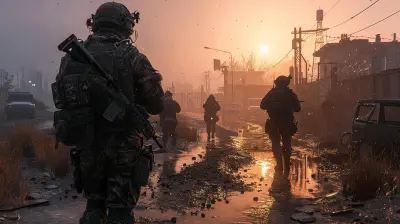
The Importance of Communication in FPS Team Play
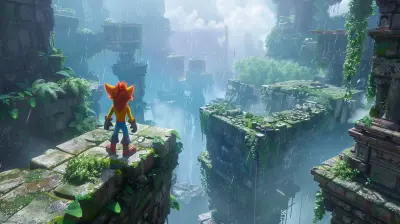
The Future of Platformers: Innovations to Look Forward To

Best Streaming Lights for Pro-Quality Gameplay Videos

Survive or Thrive: Strategies for Long-Term Survival in Games
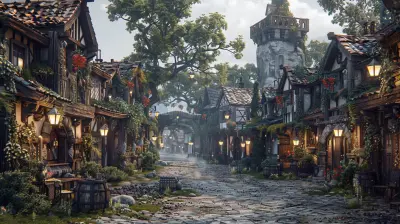
The Art of Creating Immersive Fantasy Game Worlds

Initial Pace of the Game: Slow Burn or Instant Action?